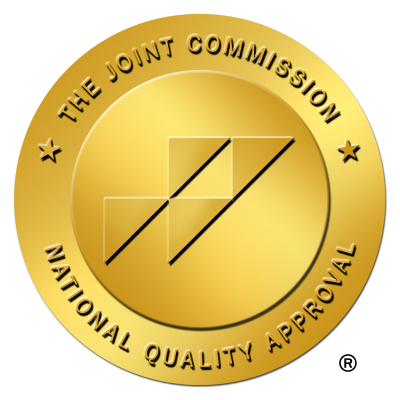The Link Between Trauma and Addiction

Understanding Trauma's Role in Addiction
The intricate relationship between trauma and addiction is rooted in psychological, physiological, and social factors. Often, traumatic experiences serve as a catalyst for individuals to turn to substances, seeking relief from overwhelming emotional pain. By examining the multifactorial links between these two issues, we not only gain insights into the root causes of addiction but can also explore more comprehensive and effective treatment strategies.
The Vulnerability of Youth: How Childhood Trauma Influences Addiction
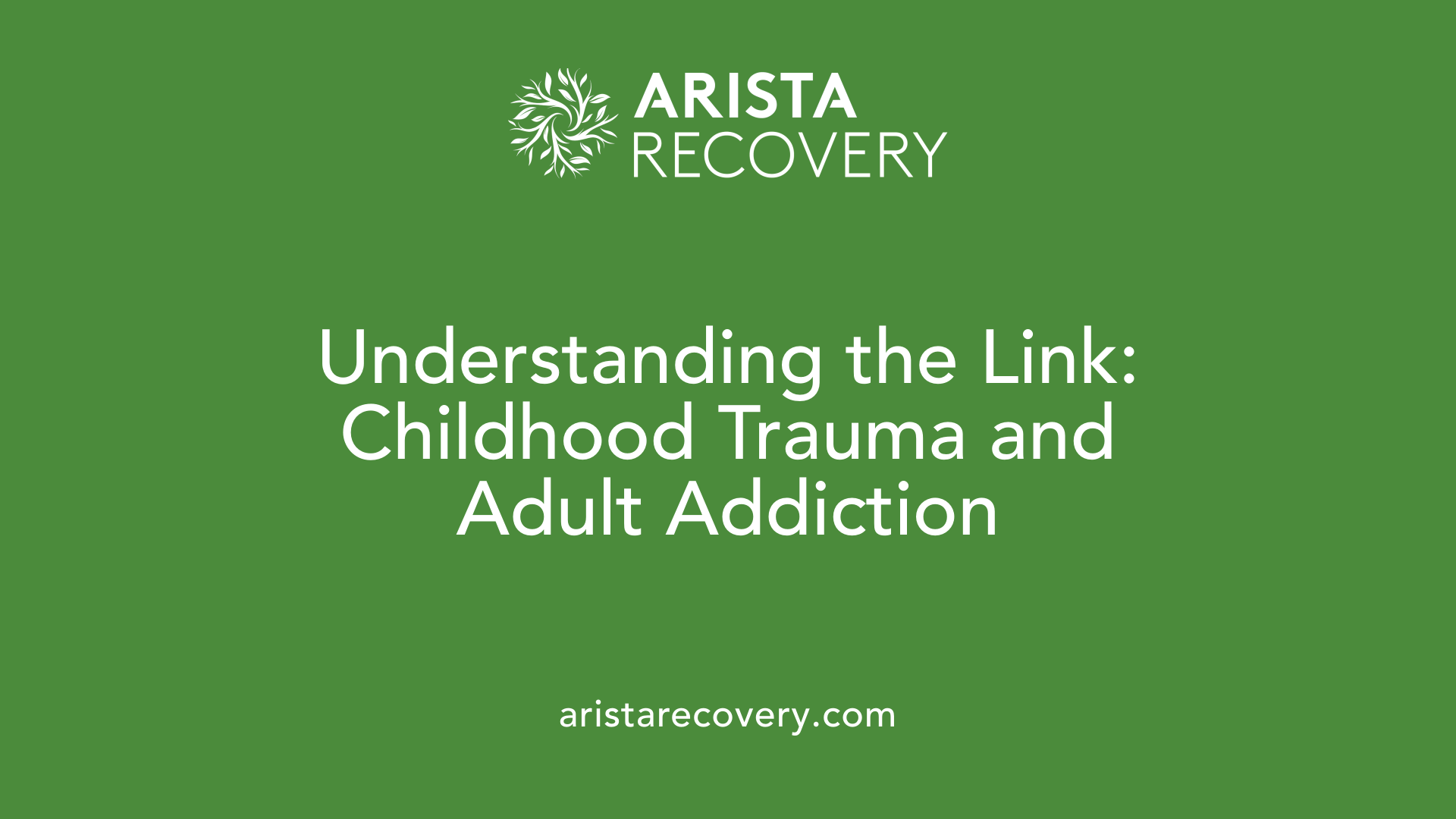
How does childhood trauma influence addiction in adulthood?
Childhood trauma significantly increases the risk of addiction in adulthood. Research, particularly the renowned Adverse Childhood Experiences (ACE) study, indicates a strong direct correlation between various forms of childhood trauma and heightened rates of substance use disorders. For instance, individuals with four or more ACEs demonstrate a dramatically increased likelihood of developing substance use issues, including a particularly high propensity for injecting drugs.
In addition to the elevated risk for addiction, many young individuals facing trauma also grapple with mental health issues. Studies reveal that over half of adolescents with these challenges also develop substance use disorders, further complicating their recovery. Chronic stress from traumatic experiences, such as abuse or family dysfunction, can lead individuals to seek self-medication through substances, amplifying the cycle of addiction.
Ultimately, the cumulative effects of childhood trauma greatly shape not only the severity of substance use but also the propensity for dependence on various substances later in life, highlighting the importance of addressing these early experiences in addiction treatment.
The Trauma-Addiction Pathway: A Psychological Perspective
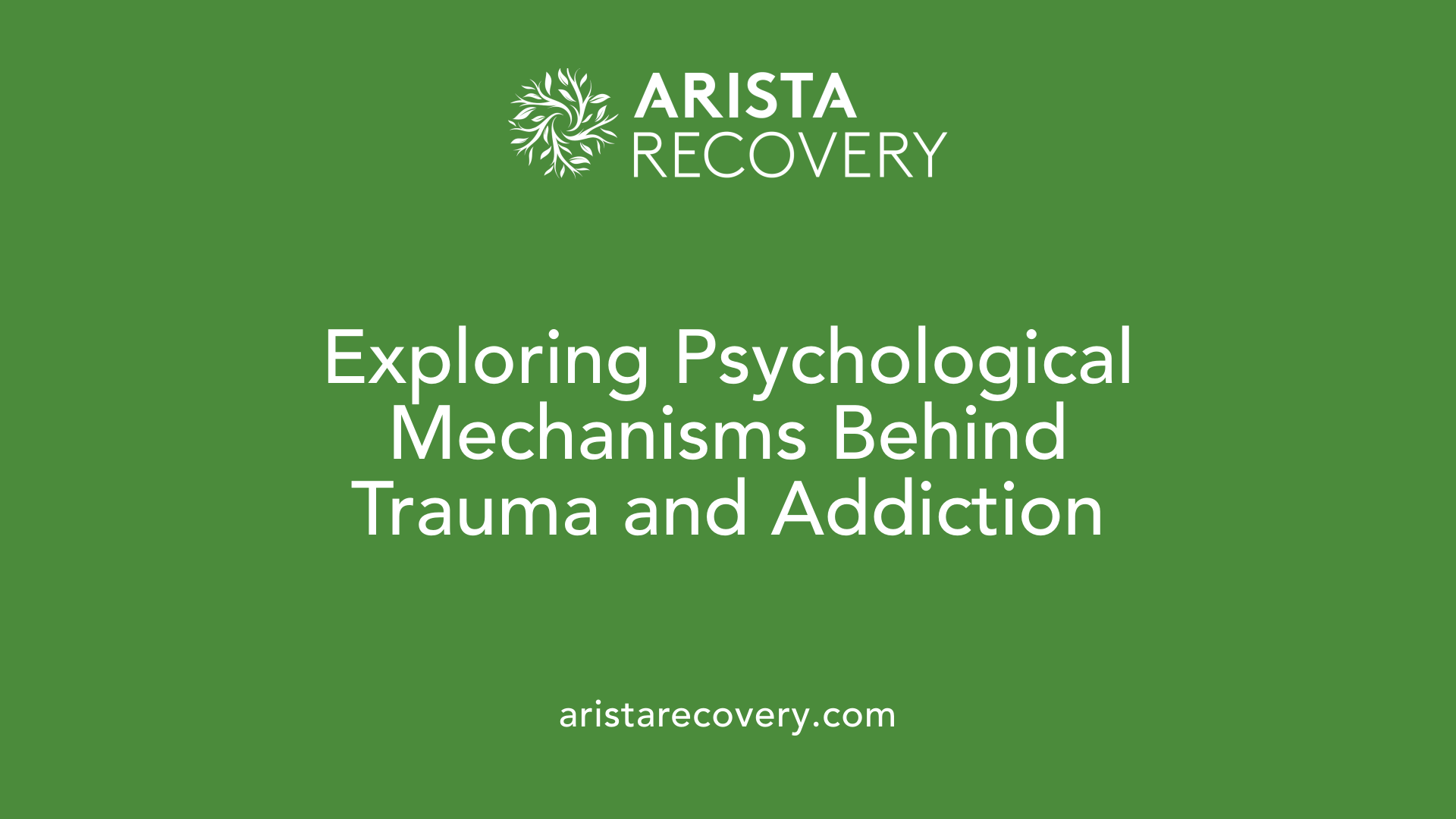
What are the psychological mechanisms linking trauma to addiction?
The psychological mechanisms linking trauma to addiction are complex and multifaceted. Adverse Childhood Experiences (ACEs) significantly increase the risk of developing substance use disorders. Research indicates that as the number of ACEs increases, so does the vulnerability to addiction, underscoring the cumulative impact of trauma.
Trauma leads individuals to use substances as a coping mechanism to manage negative emotions. This self-medication is often in response to distress associated with trauma symptoms, such as those seen in Post-Traumatic Stress Disorder (PTSD). Half of those who have PTSD also struggle with addiction, highlighting how these conditions interact.
How does trauma impact brain function?
Trauma triggers changes in brain function, particularly in regions such as the amygdala and prefrontal cortex. The amygdala, involved in fear processing, can become hyperactive, increasing anxiety and impulsivity. In contrast, the prefrontal cortex, responsible for decision-making and impulse control, may become less effective, complicating recovery efforts and leading to excessive substance use for emotional regulation.
Furthermore, trauma can result in a dysregulated stress response system, perpetuating a cycle where trauma increases the risk of addictive behavior. This interplay illustrates how deeply psychological trauma influences brain chemistry and behavior patterns, further entrenching substance use dependencies.
Interventions and support systems
Ultimately, while trauma can lead to detrimental psychological effects and a higher likelihood of addiction, protective factors such as supportive relationships and effective therapeutic interventions can serve as buffers. Integrating trauma-informed care into addiction treatment is essential, focusing not only on substance use but on healing underlying trauma. This dual approach is crucial for facilitating long-term recovery.
Trauma's Biological Impact on Addiction
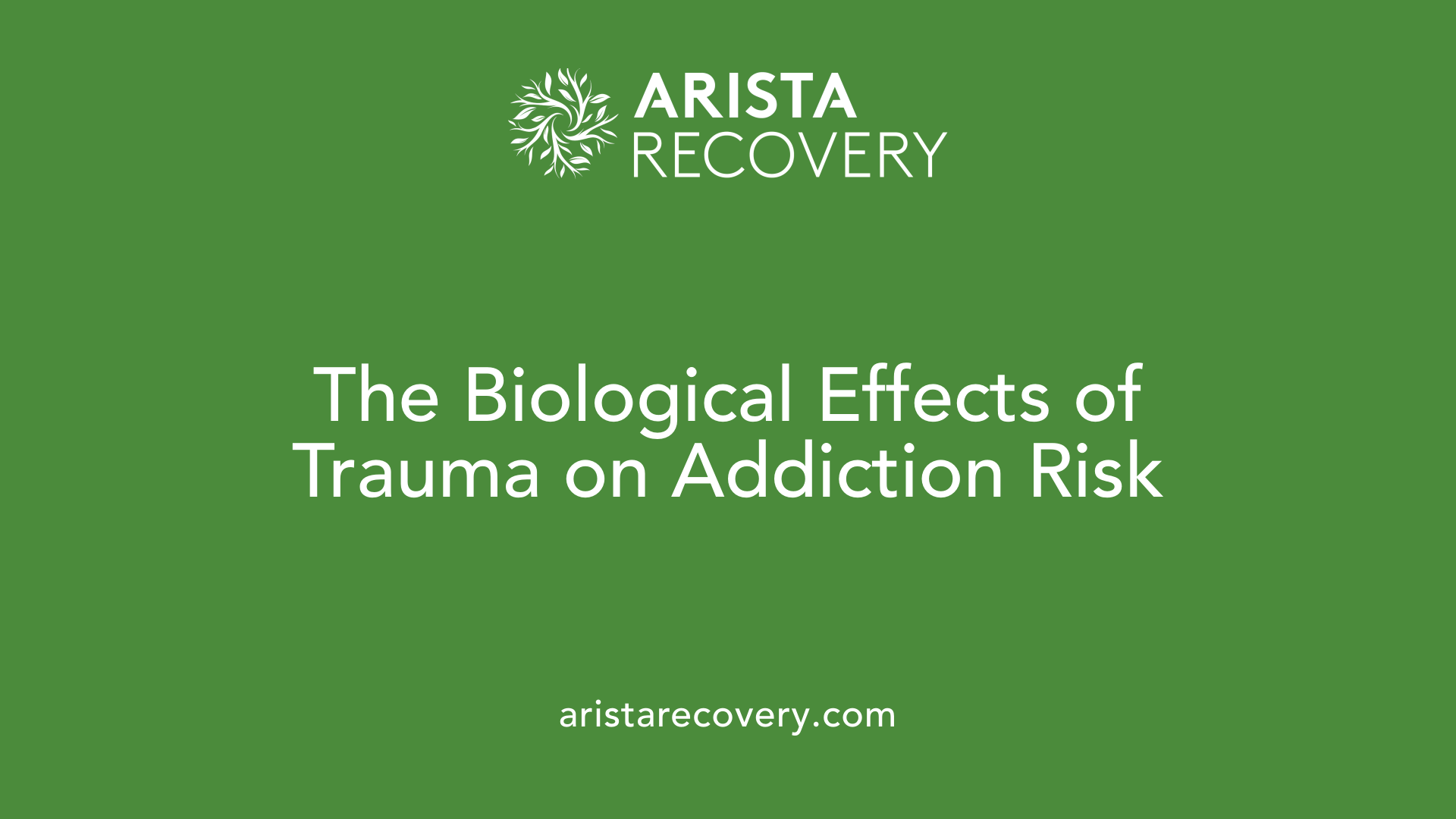
How does trauma alter brain chemistry?
Trauma has profound effects on brain chemistry, particularly in individuals who have experienced chronic stress or trauma early in life. Neurotransmitters and hormones involved in the body's stress response become dysregulated, leading to alterations in mood, decision-making, and impulse control. For example, trauma triggers the release of toxic stress chemicals, which can cause neural damage, impacting emotional regulation and increasing vulnerability to substance use disorders.
These biochemical changes can perpetuate a cycle of addiction, as individuals may resort to substances to temporarily alleviate symptoms associated with dysregulated brain chemistry. Consequently, drug use becomes a maladaptive coping mechanism, further complicating the recovery process.
What is the link between stress response and addictive behaviors?
The relationship between chronic stress responses and addictive behaviors is well established. Individuals with past trauma often exhibit a hyperactive stress response system. This dysregulation not only spikes anxiety and hyperarousal symptoms—commonly seen in PTSD—but also heightens the desire to engage in substance use as a form of self-medication.
Research shows that those exposed to trauma are more likely to develop substance use disorders. Specifically, the presence of PTSD significantly increases the risk of substance dependence, with the two conditions often compounding one another. Addressing these interconnected issues in a trauma-informed care framework is essential for promoting effective recovery.
PTSD and Substance Abuse: A Dual Challenge
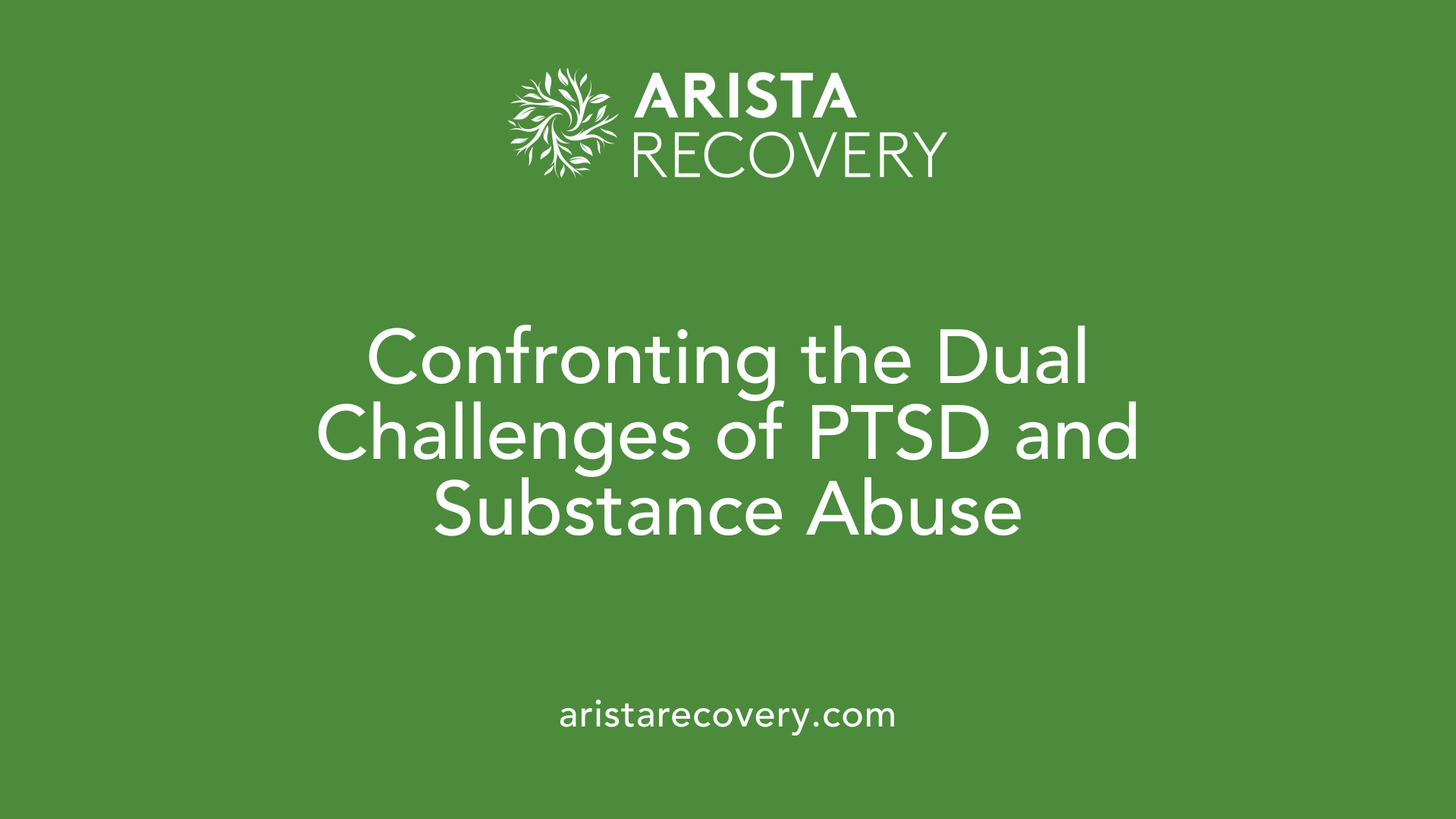
What is the connection between PTSD and substance abuse?
The connection between PTSD and substance abuse is substantial. Roughly half of individuals seeking treatment for substance use disorders (SUD) also meet the criteria for PTSD. This comorbidity can lead to poorer treatment outcomes, pointing to an urgent need for integrated care methods. Individuals with PTSD often resort to substance use as a form of self-medication, attempting to alleviate distress stemming from their traumatic experiences.
Effective treatment strategies for those grappling with both PTSD and SUD have emerged from psychosocial approaches. Notably, therapeutic methods that include exposure therapy, such as Prolonged Exposure (PE) therapy, show promise. Additionally, the presence of Complex PTSD (CPTSD) presents unique challenges due to ongoing trauma and emotional dysregulation, leading to a heightened risk of substance use as a coping mechanism.
Challenges in treating PTSD and addiction together
Treating PTSD alongside substance use disorders presents distinct challenges. First, the interplay between the two conditions often intensifies symptoms of each, creating a vicious cycle that complicates recovery efforts. Furthermore, the physiological impacts of trauma can alter brain chemistry, which affects decision-making and impulsivity, further hindering an individual’s ability to break free from addiction.
Additionally, the stigma surrounding both PTSD and addiction can deter individuals from seeking help. Effective treatment demands a trauma-informed approach that prioritizes tackling the underlying trauma rather than merely focusing on substance use. This multifaceted approach is crucial, as addressing both conditions concurrently can lead to more successful recovery outcomes.
Treatment Approaches for Trauma-Related Substance Use Disorders
What are the treatment approaches for addressing trauma-related substance use issues?
Treatment approaches for addressing trauma-related substance use issues emphasize the importance of integrated psychosocial treatments that target both post-traumatic stress disorder (PTSD) and substance use disorders (SUD). One effective model is COPE (Concurrent Treatment of PTSD and Substance Use Disorders using Prolonged Exposure), which has demonstrated improved outcomes over traditional sequential treatments.
Non-exposure-based therapies, such as Seeking Safety, focus on equipping individuals with coping skills without requiring them to confront trauma memories. This makes these therapies safer options for those with co-occurring conditions.
Pharmacological treatments may also play a role, incorporating medications like SSRIs for PTSD or targeted options such as naltrexone for SUD. Overall, successful treatment approaches underscore the connection between trauma and substance use, advocating for a trauma-informed care perspective that respects and empowers individuals while comprehensively addressing their needs.
Prevention and Intervention: Breaking the Trauma-Addiction Cycle
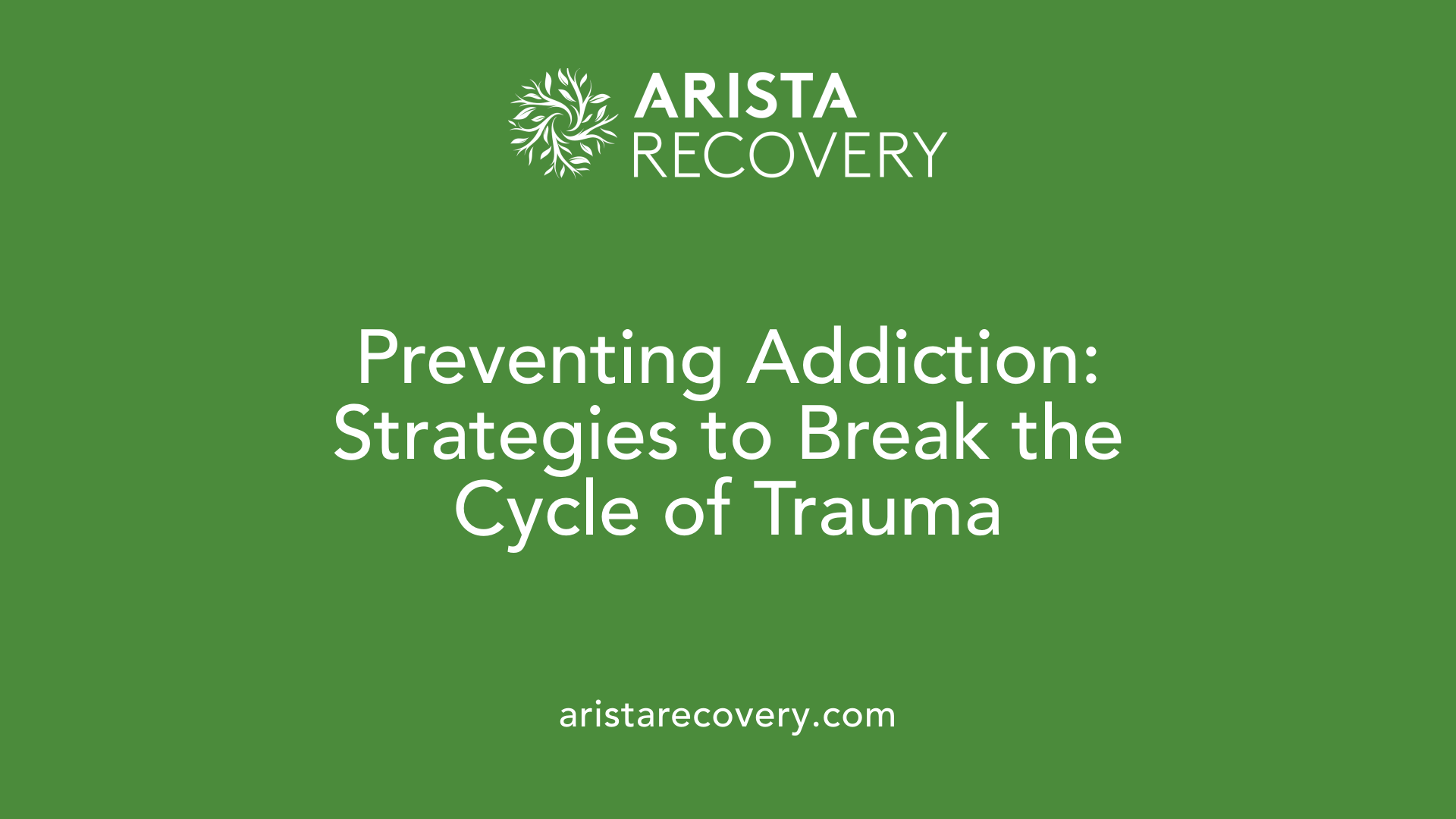
What preventative measures can be implemented to address trauma and addiction?
Preventative measures are essential in tackling the interconnected issues of trauma and addiction. Community-based programs can play a crucial role by educating individuals about the impacts of Adverse Childhood Experiences (ACEs) and promoting Positive Childhood Experiences (PCEs). By raising awareness of how trauma shapes behaviors, these initiatives empower families to foster healthier environments.
Integrating trauma-informed care into health and social services is another significant step. This approach helps practitioners identify and assist individuals affected by trauma, ensuring that treatment is sensitive to their unique experiences. Evidence-based treatments, such as Cognitive-Behavioral Therapy (CBT) and Trauma-Focused CBT, have proven effective in addressing trauma and reducing subsequent substance use disorders.
Policies aimed at preventing childhood adversity—like addressing socioeconomic challenges—are vital. Providing mental health resources can disrupt the cycle of trauma leading to addiction. Moreover, creating supportive relationships and a positive social environment serves as a buffer against the development of substance use disorders.
A proactive approach that includes fostering resilience in communities through educational programs, mental health screenings, and supportive services can significantly mitigate risks. By focusing on prevention and early intervention, we can potentially reduce the incidence of substance use disorders linked to trauma.
Are Traumatic Events a Gateway to Addiction?
Is trauma a significant factor leading to substance use, acting like a gateway drug?
Trauma plays a crucial role as a catalyst for substance use. Individuals who experience distressing events, such as abuse, neglect, or violence, often find themselves struggling with intense emotional pain. As a coping mechanism, many turn to drugs and alcohol to self-medicate. This tendency is particularly acute among children and adolescents, who are more vulnerable to developing substance use disorders later in life.
The overwhelming stress from traumatic experiences can trigger alterations in brain chemistry, impacting emotions and decision-making. When these individuals do not have the tools to process their trauma or lack access to appropriate mental health resources, they may resort to substances to numb overwhelming feelings like anxiety or depression.
Understanding trauma as a 'gateway drug'
The concept of trauma functioning as a 'gateway drug' illustrates how early adverse experiences can set off a chain reaction leading to addiction. For instance, studies show that individuals with four or more Adverse Childhood Experiences (ACEs) are significantly more likely to develop substance use issues. The association suggests that each traumatic event increases the likelihood of turning to drugs and alcohol, creating a cyclical pattern where addiction and trauma reinforce one another.
Ultimately, addressing the impact of trauma in treatment programs is crucial for effective recovery, highlighting the urgent need for trauma-informed care.
Gabor Maté's Insights on Healing Trauma and Addiction
What is Gabor Maté's theory on trauma and addiction?
Gabor Maté posits that addiction is not merely a matter of substance abuse but a response to deeper emotional pain and trauma. He urges a shift in focus from the addictive behaviors themselves to the underlying traumas that fuel these behaviors.
Maté makes a vital distinction between 'capital-T' traumas, like physical or emotional abuse, and 'small-T' traumas, which encompass unmet emotional needs. Both forms can significantly impact psychological wellness and contribute to the development of addictive patterns. His extensive work with individuals struggling with addiction in Vancouver reveals a notable prevalence of traumatic histories, particularly highlighting childhood abuse.
Moreover, Maté underscores the multigenerational effects of trauma, emphasizing that trauma can influence not just individuals but also their families and communities. He links societal factors, such as social inequality and isolation, to the widespread impact of trauma on addiction. By advocating for addressing these foundational issues, Maté seeks to pave the way for genuine healing and recovery from addiction.
A Call to Action for a Trauma-Informed Approach
Addressing the link between trauma and addiction requires a paradigm shift towards understanding the deep-seated and multifaceted nature of these issues. Integrated care models that consider both psychological and physiological impacts of trauma are crucial. By fostering environments that are trauma-informed, health practitioners and policymakers can better support individuals in their recovery journey, ultimately reducing the prevalence of substance use disorders. Emphasizing preventive measures, societal awareness, and comprehensive care can help break the trauma-addiction cycle, enabling affected individuals to lead healthier, more fulfilling lives.
References
- Trauma and Stress | National Institute on Drug Abuse (NIDA)
- Why Trauma Can Lead to Addiction | Psychology Today
- Understanding Trauma and Addiction - Green Hill Recovery
- Addressing The Link Between Trauma And Addiction
- The association between type of trauma, level of exposure and ...
- Why Trauma Often Leads to Addiction - Gateway Foundation
- [PDF] Making the Connection: Trauma and Substance Abuse
- Trauma: The Root of Substance Use Disorder?
You’re not alone in this.
When mental health challenges and addiction intersect, it can feel isolating. At Arista, we offer compassionate, evidence-based, and trauma-informed care to help you heal, grow, and move forward.
You’re not alone in this.
When mental health challenges and addiction intersect, it can feel isolating. At Arista, we offer compassionate, evidence-based, and trauma-informed care to help you heal, grow, and move forward.
Support that moves with you.
You’ve taken a brave first step. At Arista Recovery, we’re here to help you continue with best-in-class care designed for long-term healing and support.
.webp)






